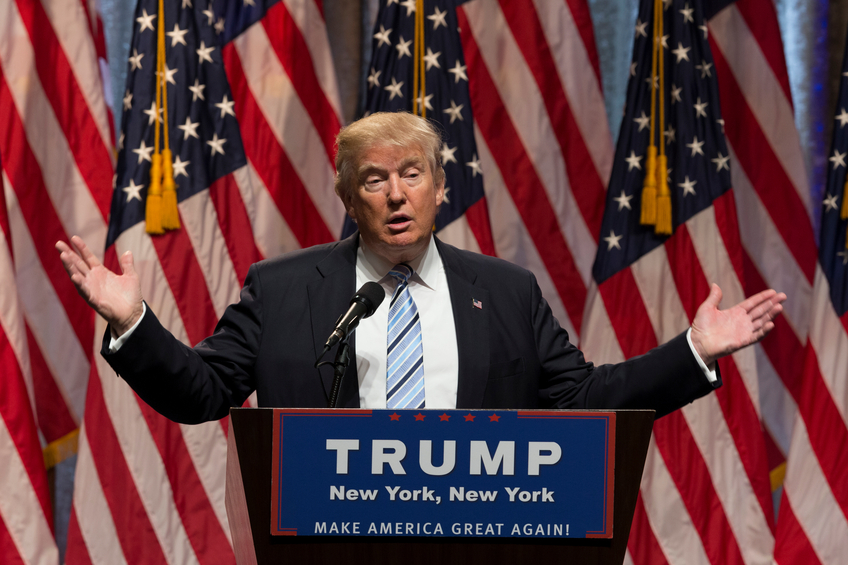Donald Trump and the Republicans’ sweeping victory promises to bring equally sweeping changes to the federal government. Let’s examine the likely impact of the new administration on each of the major workplace agencies, from personnel to policies, regulations to enforcement. Although there are many uncertainties among the numerous campaign pledges, one certainty is this: The model of government under which most of us have lived is about to undergo a profound change. As a globalist, social welfare ethos is replaced by a more inward-looking, business-first vision, it remains to be seen whether the administration’s new initiatives can fulfill the hopes of the working class voters who chose this new path—many of whom rely on threatened government programs.
Budget
Looming over everything is a new budget, still to be voted on during the “lame duck” session of Congress. The current continuing resolution (CR) ends on December 20. It seems all but certain that the existing Republican House won’t support a budget that in any way represents the wishes of the departing administration. A new CR, lasting into the new year, seems certain. That new budget will give the incoming president and his newly strengthened Congressional supporters their first opportunity to state their priorities.
There will be a new Defense budget—but will it include funds for Ukraine, or will those monies be directed at funding forced deportations? There will be a new farm bill, but will it be adjusted to provide for subsidies to offset tariff/trade war losses? And how will the workplace agencies fare? If recent trends accelerate, workplace enforcement agencies face a dire fiscal future. Agencies, such as the National Labor Relations Board (NLRB), the Occupational Safety and Health Administration (OSHA), the Equal Employment Opportunity Commission (EEOC), the Federal Trade Commission (FTC), and the Department of Labor (DOL) itself will be fortunate to remain at current funding levels. Future budgets may very well include steep funding cuts to reflect the low regard the Republicans have for the workplace enforcement agencies.
Federal Workforce
One of the most radical proposals made by President Trump is the reinstitution of Schedule F, an Executive Order issued late in his first term that would have permitted the conversion of tens of thousands of civil servants to “at-will” employees, who could more easily be fired and replaced with political appointees. The legality of Schedule F was never tested because President Joe Biden revoked the order when he took office.
Nonetheless, the prospect of such an order is sending shock waves through the federal workforce. The idea that one’s “loyalty” to a president is now a job criterion has raised memories of the discredited “spoils system” of centuries ago, in which government jobs were doled out to cronies. Yet Vice-President-elect J.D. Vance has openly called for firing most civil servants and replacing them with “our people.”
There are many hurdles to be cleared before this proposal is effected, including a Biden administration rule designed to protect the civil service, but employees at agencies known to be targets—such as the Environmental Protection Agency (EPA), OSHA, the entire Education Department—are already considering alternatives. A “brain drain” caused by retirements and resignations appears to be of little concern to those who would prefer to eliminate the regulatory agencies entirely. It’s often said that “personnel are policy.” If the people working at the enforcement agencies are thinned or limited or just plain cowed, policies will have changed without a change of law or regulation.
Stay tuned for future articles that will review the impact of the new administration’s plans for individual agencies. Our crystal ball is no less cloudy than others, but some lines can be clearly discerned.
Written by the editors of the Federal Employment Law Insider.

